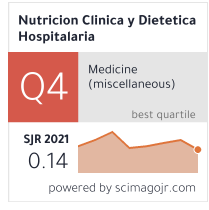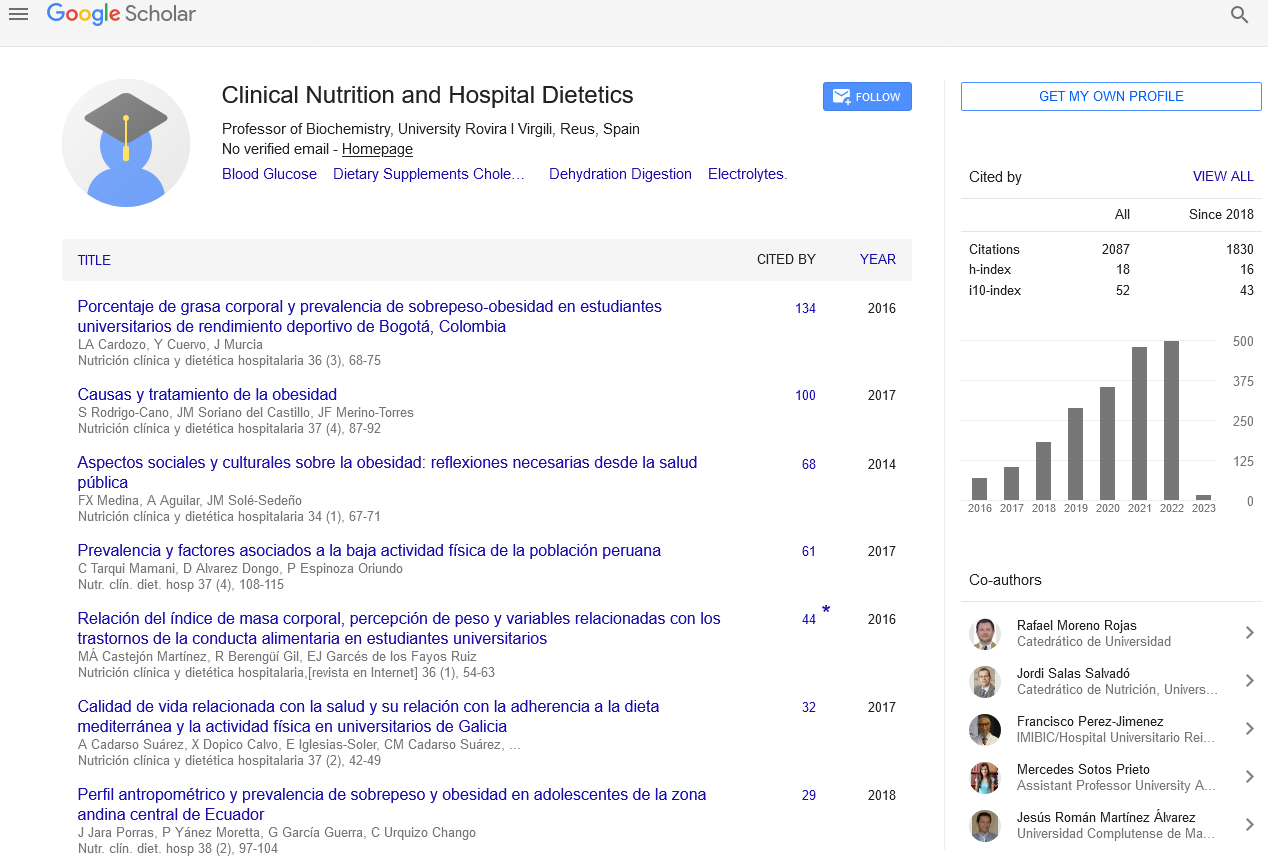Abstract
Determination of levels of urinary zinc in pregnant women of low socioeconomic level of the municipality of Baranoa of the Department of Atlantic
Author(s): Muñoz Salas, Karen Esther1; GarcÃÂa Solano, Emilse Flor1; Vargas Zapata, Carmiña Lucia1; Gómez Sarmiento, ÃÂlvaro1; Márquez Llanos, Diana Cecilia1; RodrÃÂguez MacÃÂas, Juan David2
Introduction: Zinc is one of the essential micronutrients in the organism for intervening in numerous biological processes such as growth and development, being of special importance during the gestation period.
Objective: To determine the levels of urinary zinc in pregnant women of the municipality of Baranoa del (Atlántico) by the colorimetric method using zincon (MCZ) and the method of atomic absorption spectrophotometry (MEAA) and to compare the levels of urinary zinc by the MCZ method and MEAA.
Methods: Fifty-four pregnant women between 24 and 30 years of age were studied, who were treated at the José Gómez Heredia Hospital in the municipality of Baranoa (Atlántico), between the months of January and August 2008 when they were found in weeks 8- 15, 20-25 and 32-36 of gestation. Participants completed a survey on general data including age and pathological history and delivery of urine samples during the three trimesters of pregnancy. Samples were collected in a 12-hour fast and stored at -20°C. Urinary zinc was then determined by the MEAA and MCZ.
Results: The total urinary zinc levels were 16.2 ± 7 µg / dL per MCZ and 25 ± 16 µg / dL per MEAA, the urinary zinc was found to be 17.81 ± 5.20 µg / dL, 16 ± 6.50 µg / dL and 14.30 ± 9.05 µg / dL, for the first, second and third trimesters of pregnancy by MCZ and 27.2 ± 16.8µg / dL, 19.8 ± 14.9b µg / dL, 27.3 ± 14.5a µg / dL, for the first, second and third trimesters of gestation by MEAA. Zn levels determined by MCZ and MEAA showed statistically significant differences (p≤0.05), indicating that MEAA better detects Zn excretion. But the proposed MCZ can be used for long-term studies.
Conclusions: The behavior of urinary zinc in pregnancy showed variations, finding the concentrations of urinary zinc lower in the second and third trimesters of gestation.
Google Scholar citation report
Citations : 2439
Clinical Nutrition and Hospital Dietetics received 2439 citations as per google scholar report
Indexed In
- Google Scholar
- Open J Gate
- Genamics JournalSeek
- Academic Keys
- JournalTOCs
- ResearchBible
- SCOPUS
- Ulrich's Periodicals Directory
- Access to Global Online Research in Agriculture (AGORA)
- Electronic Journals Library
- RefSeek
- Hamdard University
- EBSCO A-Z
- OCLC- WorldCat
- SWB online catalog
- Virtual Library of Biology (vifabio)
- Publons
- MIAR
- Geneva Foundation for Medical Education and Research
- Euro Pub
- Web of Science
Journal Highlights
- Blood Glucose
- Dietary Supplements
- Cholesterol, Dehydration
- Digestion
- Electrolytes
- Clinical Nutrition Studies
- energy balance
- Diet quality
- Clinical Nutrition and Hospital Dietetics




